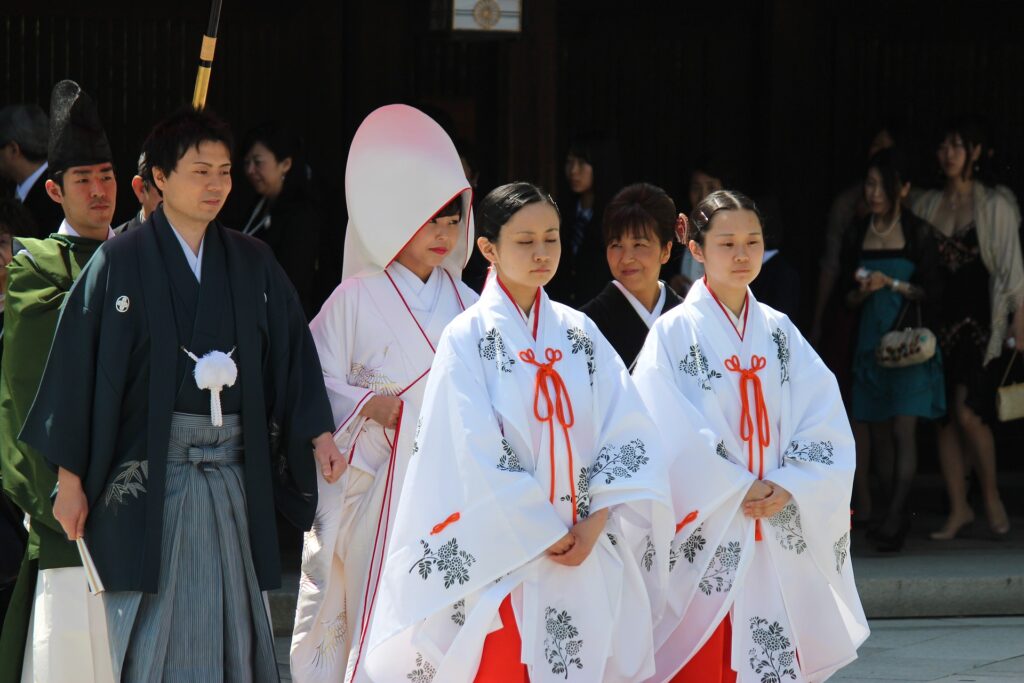Japanese traditional clothing has its roots in the history of the Japanese. Their clothing can be traced back to their historical and cultural heritage. Japanese clothing used to serve as a way of distinguishing class and status. The idea was for the upper class to be more covered in cloth than the lower class.
One of the iconic pieces of Japanese traditional clothing is the kimono, which means ‘things to wear’. They come in different forms, designs, and prints. They are T-shaped, straight-line-constructed garments, with every design drawing inspiration from the natural world.
Japanese traditional clothing is not merely a depiction of fashion and style. It tells a tale of Japanese values, rituals, beliefs, and customs. In this article, we shall unravel the various traditional clothing styles in Japanese.
However, let’s first familiarize ourselves with the history of Japan by looking at the different forms of clothing in different stages.
The History of Japanese Traditional Clothing
Starting from the early period in 300 BC, the major preoccupation of the people was hunting. It was later that they began to farm. At the end of this period, agriculture helped them become self-aware of their culture and brought about civilization, leading to an improvement in their clothing. It was at this time that the Kimono came into existence.
In 710 AD, during the Nera period, more development was recorded in the culture of the Japanese. This was because Japan began to trade with China, which brought about much exposure, leading to improvements in their culture. Furthermore, during this same period, there was class stratification among the people.
This period came with the belief that the rich and upper class should be more covered in cloth than the poor. In essence, what this taught was that the extent to which your body is covered in cloth is determined by your social status. Clothing served as a major indicator of class and status. Aside from wearing clothing to show status, in the Shinto religion, it was believed that clothing served as a form of protection against evil spirits.
It was also during this period that international trade began, which brought Japan’s clothing to the attention of the world. This was when the world got to know about Kimono. The kimono is one of the most trending styles in the world today, and it comes in different styles, lengths, designs, and colors. If you love to look outstanding in your appearance, a kimono is one outfit that you will want to have.
There are other traditional clothing items, but the kimono is the most iconic.
Types of Japanese Traditional Clothing
Here, we’ll be discussing 15 types of Japanese traditional clothing you should know.
1. Kimono
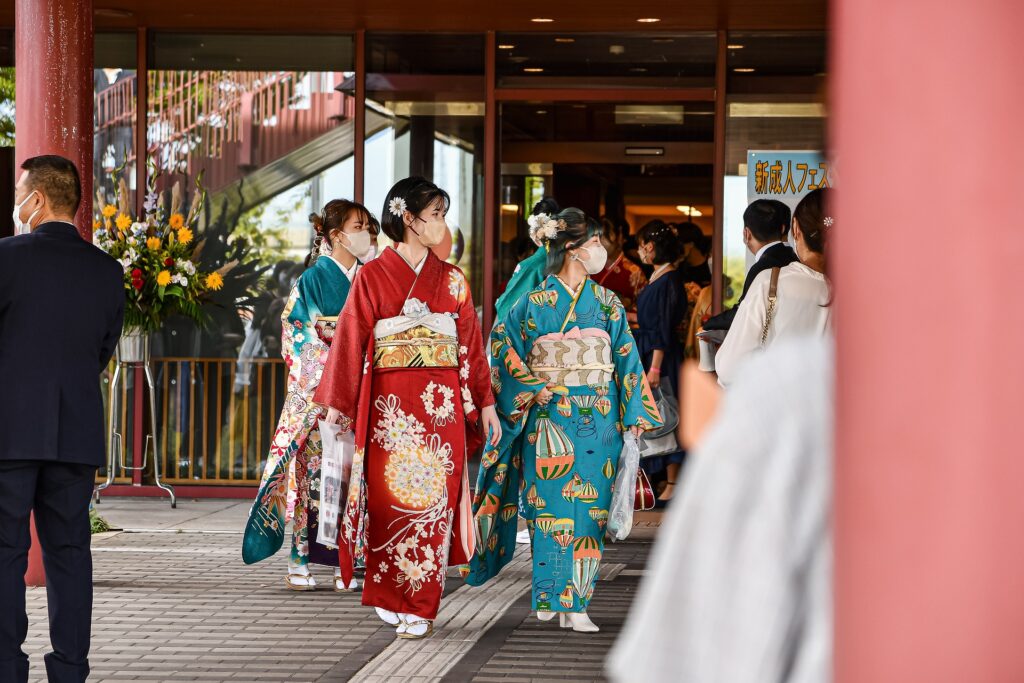
Kimono was formed from two words: Ki, which means ‘to wear’ and mono, which means ‘thing or object.’ Kimono attire as a form of dressing has long existed in the tradition of the Japanese. There are different types of kimonos for different events and outings. For example, during a wedding ceremony, the bride wears a white kimono known as ‘uchikake’ while the groom puts on a black kimono.
Also, black kimonos are worn by both men and women during a funeral service. Japan also has different kimonos worn in different seasons. For example, during the cold period, the awase kimono is commonly worn, while the light cotton yukata is common during the warm period because they are made from thicker fabrics.
2. Obi
Obi is a belt that comes in different sizes, colors, and designs. The Japanese usually wear it by wrapping it around their bodies when they wear a kimono or yukata. There are different types of obi for different occasions or events. The length of a kimono can determine the kind of event it can be worn to, the type of kimono it can be used on, the age of the wearer, and the type of knot in which it can be tied.
There are five types of obi. The first, which is considered the most important, is the manu obi, which is 15 feet long and can be worn to a formal event; the shortest is the tsuke.
3. Zori Sandal
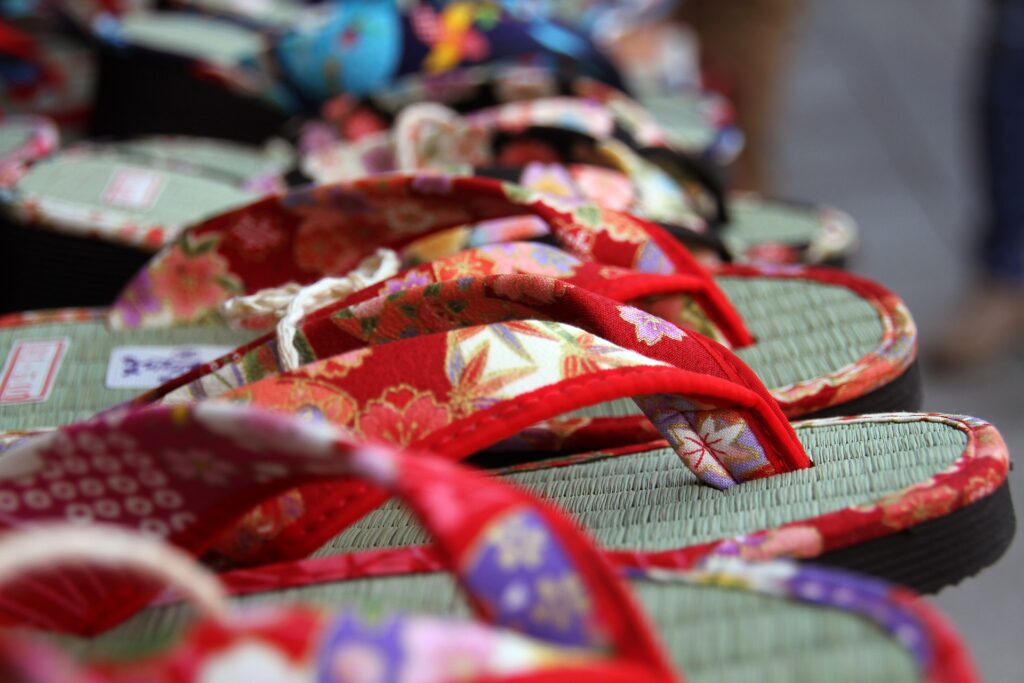
The zori sandal is a type of traditional Japanese sandal that is worn on a kimono or yukata. Zori was originally made from straw and can be worn to formal events. Zori has evolved from what it used to look like, and it is now made from cloth or leather.
4. Furisode
This attire is specifically designed for a particular type of person in Japanese society. The furisode is a type of kimono worn by Japanese girls who are not married. One of the distinguishing features of this type of kimono is the sleeves, which are usually long and draw down to the ankle. They are called ‘swinging sleeves.’ They are made from bright and colorful silk materials and are usually worn at special events or celebrations like festivals or a wedding ceremony.
5. Geta
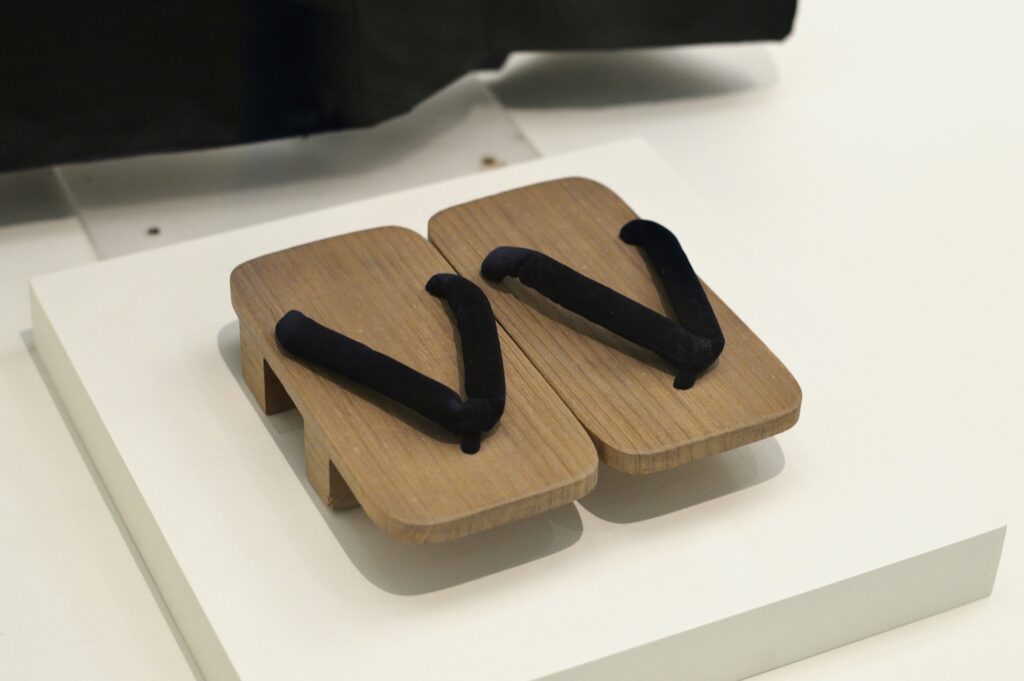
This is one of the traditional Japanese shoes with a wooden sole. The heels of the geta are high, as they are meant to prevent the kimono from touching the ground, especially during rainy periods. The geta has a close look like flip-flop slippers.
6. Kanzashi
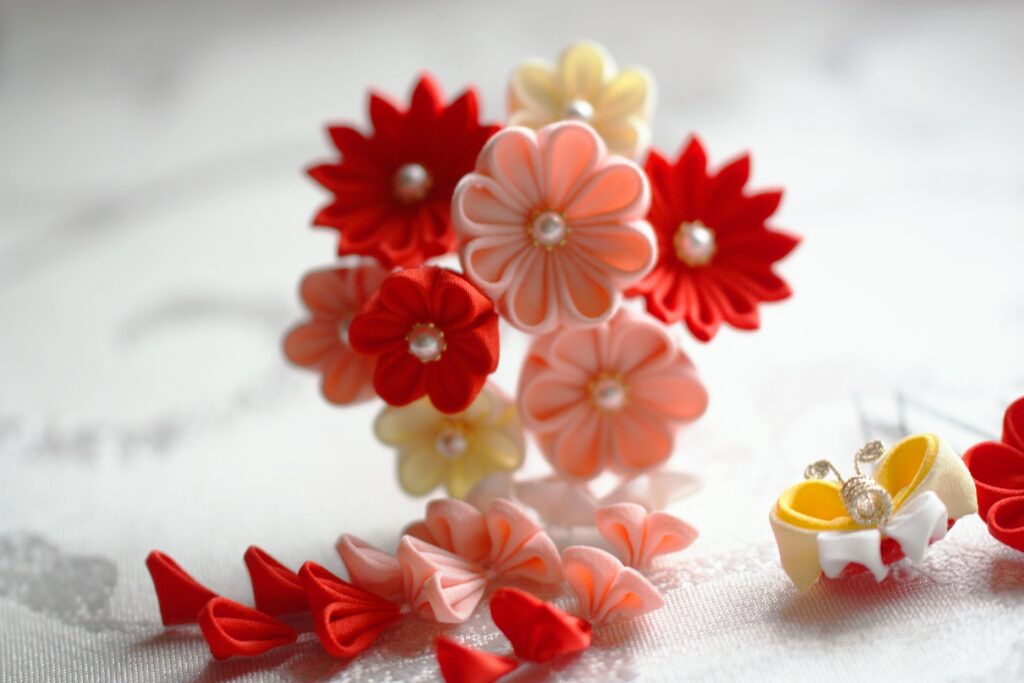
Kanzashi are traditional Japanese ornaments that are meant for beautification. They are used by Japanese women to beautify their hair. It has pointed tips that are used to hold the hair in place. Kanzashi can come in the form of hair pins, hair ties, and fabric flowers.
Some people believed that these hairpins might have been used as a form of weapon by the Japanese to attack their enemies during the war. Well, this may be true because they are long and sharp.
However, originally, the pins were made from wood, which is meant to protect against evil. It was later, during the 8th century, that the metal Kanzashi was produced.
7. Nemaki
The nemaki is a unisex robe that can be used as pajamas or bathrobes. It usually comes with a matching belt and one or two front pockets. It is worn in inns, resorts, and spas.
8. Haori
The word haori is coined from the Japanese word haoru, which means to put on a gown. This tells us that it is a type of attire that is worn on a gown. In the 16th century, haori was part of the military costume, as warriors used to wear them to keep their bodies warm until it was adopted by women.
Haori is a type of Japanese traditional jacket. It is usually worn on a kimono or hakata and can be worn as a cardigan to keep the body warm in the cold. Haori are still worn in recent times, and they can be found in different sizes, colors, and patterns.
9. Jinbei
Jinbei is a form of Japanese traditional clothing that is made up of a short-sleeved jacket and pants. The shirt is slightly below the waist. It was originally designed to be worn by men, but it is now worn by both genders as we now have women’s jinbei.
Jinbei is meant to be worn indoors or as casual wear. The top is styled like a kimono, and it comes with a short tie by the side. The attire can serve dual functions, as it can be used as pajamas and as outdoor wear. The attire is made from light cotton, which is why it is preferred during the summer as it gives room for airflow.
10. Tabi
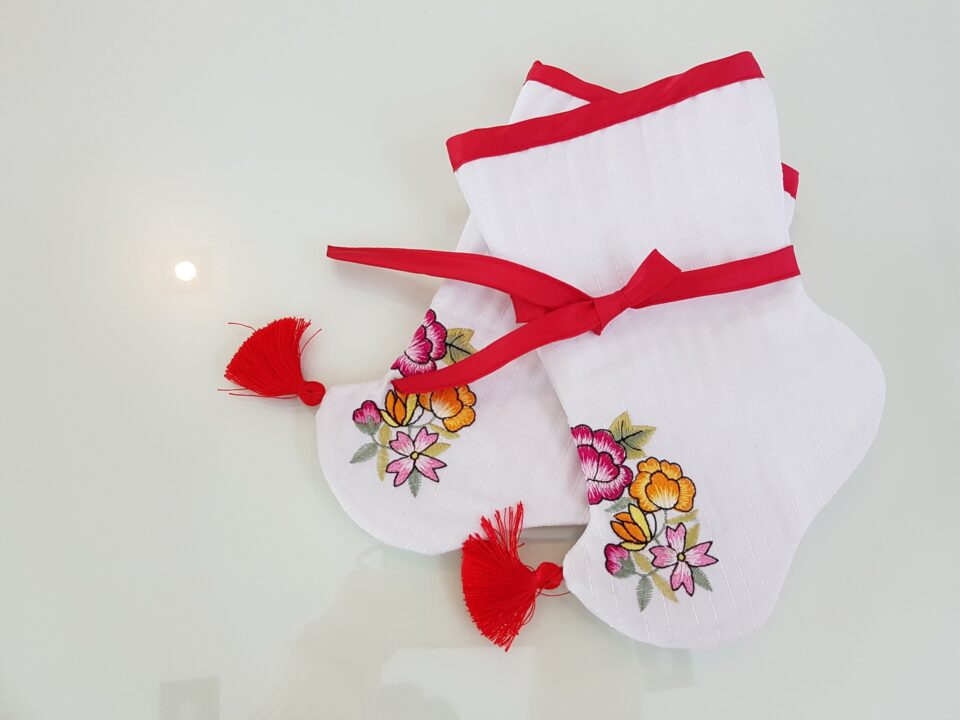
Tabi in Japanese means ‘footbag.’ It is a form of Japanese footwear that comes in the form of socks and shoes. It comes with a split that separates the big toe from the other toes. Tabi were first made as socks from soft textiles. Later, the production of rubber led to the production of tabi shoes. Healthwise, tabi provides a lot of benefits to the feet.
Some of the health benefits of tabi include:
- Giving comfort to the feet and preventing foot odor.
- Helping to soften the soles of the feet.
- Ensuring greater flexibility of the toe and stimulating the brain.
- Preventing toe deformity.
- Developing body posture.
11. Hanten
Hanten is a Japanese traditional coat worn during the winter to keep the body warm. It is made with cotton padding and a tailored collar. Originally, it was worn over other garments, like kimonos. It can be used in place of a cardigan or jacket.
12. Hachimaki
Hachimaki is a Japanese traditional headband made from cotton that is worn to prevent sweat. They usually come in white and red. Aside from keeping sweat away from the face, it is also worn by warriors to show their strength and courage. However, if it is a purple headband, it shows that the person is sick.
13. Hakama
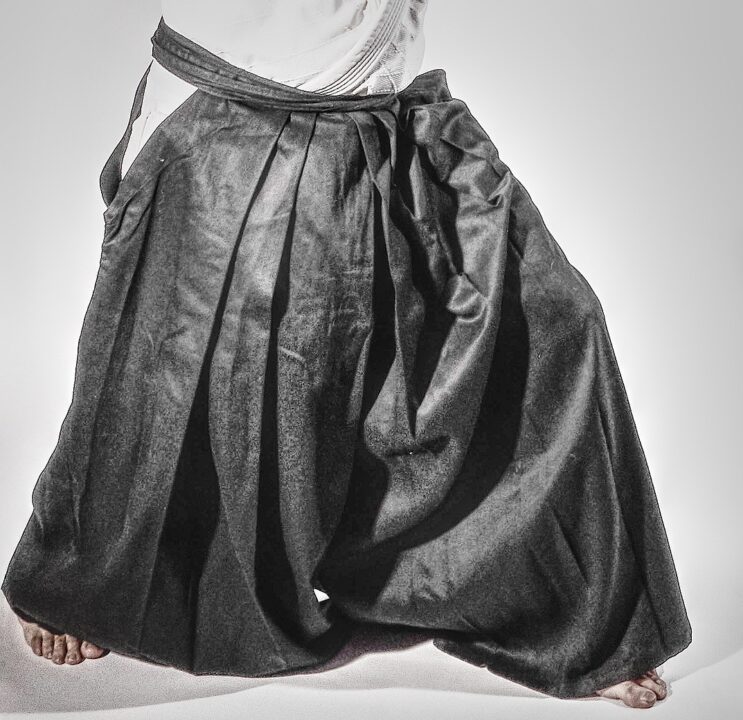
This is a skirt that is pleated at the waist. It looks like a baggy pair of trousers. Hakamas are worn by both men and women in Japan. It can be worn over the obi by tying it over the obi.
14. Samue
Samue is a combination of a jacket and a pair of pants. Samue was created to be worn by the Buddhist monks to help them perform physical activities with ease because it was difficult for them to perform these activities with their robes. Many people today now wear samue to perform different activities, especially at work. This is due to the great comfort it provides and the fact that it is easy to wear.
15. Nagajuban
This is a kind of undergarment that is worn under the kimono. The purpose of Nagajuban is to help prevent the kimono from getting easily stained or dirty, as kimonos are not always easy to wash. Nagajubans are made in the shape of kimonos, and they are white. It usually appears on the collar of the kimono, and they come with replaceable collars that can be changed to fit different colors of kimonos.
Last Words on Japanese Traditional Clothing
In conclusion, Japanese traditional clothing, especially the kimono, is one of the attires that has gained much prominence in the world today. Japanese traditional clothing goes beyond just a depiction of fashion and style. It also showcases Japanese values, beliefs, customs, etc. The traditional clothing of Japan is evidence of the creativity of the Japanese, as they continue to come up with different designs and types of kimono to meet different needs. Many of the traditional Japanese clothes that were mentioned in this article are still worn in Japan and other parts of the world today.
